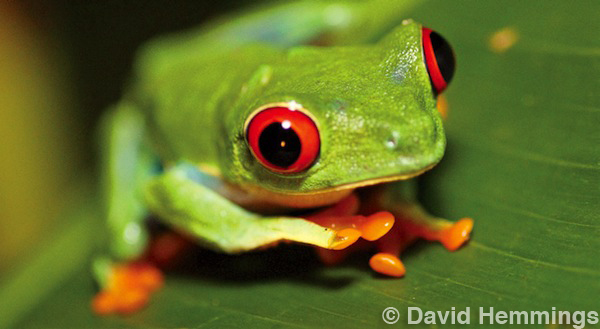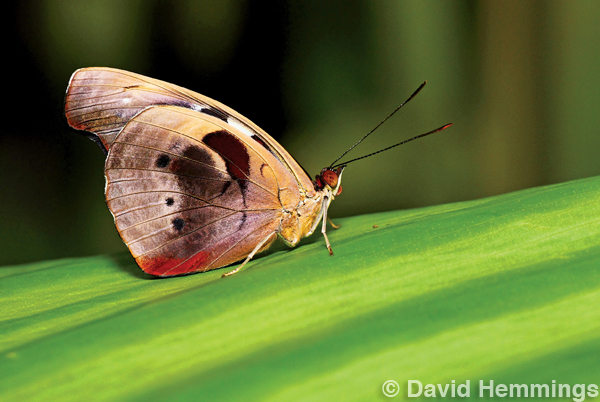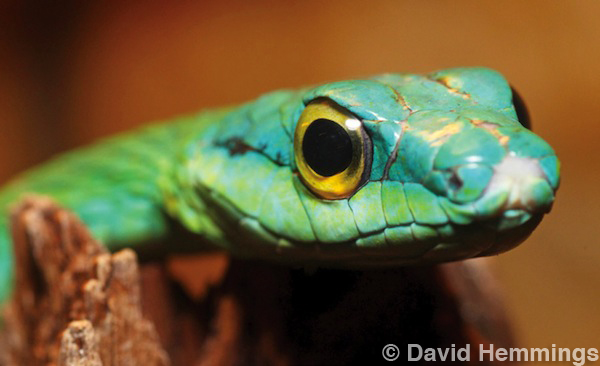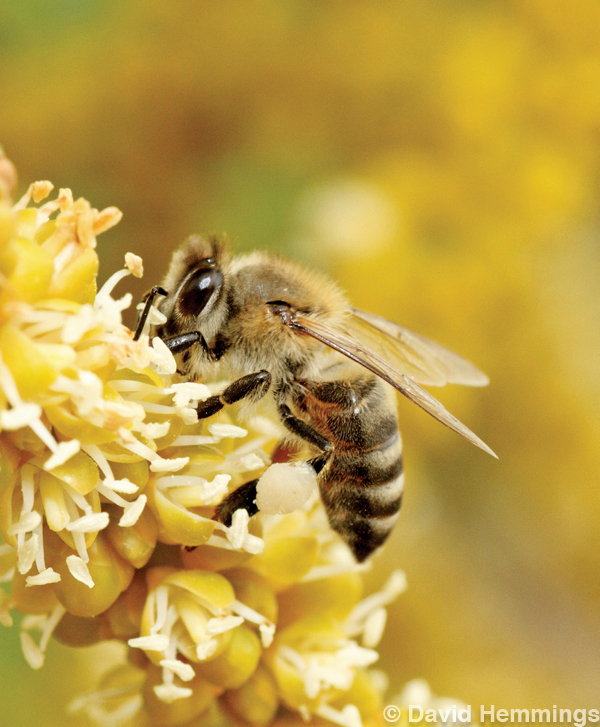At times I thought how nice it would be to handhold lighter equipment and to use a tripod that does not have to support 20 or more pounds of equipment!
Welcome to the world of close-up and macro photography!

Macro or close-up photography opens up a new world of fascinating and creative opportunities to photograph the smaller world around you. The best part is that it does not require extensive travel or the expensive and heavy gear often associated with bird and nature photography. You can do macro photography in your own backyard, at a local park, or at ponds, streams, or lakes – anywhere that you happen to visit with your camera.
Let’s take a look at the basics of close-up photography, the equipment you will need, and, of course, some technical information and techniques.
Macro or close-up photography is quite simply the photography of very small subjects. In a scientific sense, a macro image is a photograph of a subject in which the size of the subject on the sensor is greater than life size. The ratio of the subject size on the image sensor compared to the actual subject size is commonly known as the “reproduction ratio”. Therefore, a true macro lens is capable of a minimum of 1:1 reproduction ratio or greater.
Equipment
When choosing macro equipment the first consideration should be the lens. Some lenses claim “macro capability” but for best results, I would recommend purchasing a true macro lens. Macro lenses are specifically designed for close up work. These macro lenses are optimized for high reproduction ratios, and they typically have a flat field of focus, which renders an image that is very sharp from corner to corner, compared to standard lenses of similar focal lengths that tend to be sharpest at the centre, with the corners producing less resolution. The true macro lens tends to perform best at its highest magnification but as an added bonus, because the optics in these lenses are so good, you can also use the lens for other types of photography, such as portraits, with great results.
When you first look at macro lenses you will see that they are offered in a variety of focal lengths, such as 60/90/100/150/180mm. Macro fans will usually select the focal length based upon their preferred subjects, with many macro aficionados owning two or more of the lenses. Here is a synopsis of the focal lengths within this category:
60mm range. Often used for general macro work, and for photographing subjects like insects that are not made uncomfortable by a close approach. Also, this focal range will tend to give a very natural looking background. These lenses tend to be less expensive and a bit lighter than their longer cousins, but you give up some of the ability to stay farther away from your subject than macro lenses of a longer focal length. This focal length is often used for copy work, as the lens to subject distance is convenient for photographing subjects like antique books, as well as stamps and coins.

90/100mm range. Great for photographing flowers and insects from a comfortable range, thanks to the longer lens to subject working distance than a 60mm – so you can get the same magnification without being as close to yoursubject. This range of macro lens is usually a bit longer, a little heavier and a bit more expensive than the 60mm range lenses. This is my focal length range of choice as it offers a good working distance capability, it is still very light and manageable when hand holding and it won’t break the bank.

150/180mm range. This focal length is excellent for working in a situation where you want to achieve greater lens to subject distance. These are specialized lenses that tend to be very high quality, longer, heavier and more expensive than the other ranges. This focal length will also blur the backgrounds quite nicely which can be a very desirable effect with some images.

Depth of field is always a challenge in macro photography and we usually need as small an aperture setting as practical to get as much of the subject in focus as possible. This is why using flash becomes necessary for good macro images.
When using an externally mounted flash you might want to consider a flash bracket to enable you to raise the height and decrease the distance between the flash and your subject. I have also found that using a flash diffuser can help immensely in softening the harsh light from the flash and giving the image a more realistic look. A diffuser can be something as simple as a tissue, a cut out plastic bottle or something more sophisticated – like a Lumiquest Softbox light modifier.
There are special flash units for macro photography called ring flashes. These specialized flash units attach to the end of your lens and cast a shadowless light.
You can also use two or more standard flash units to create a “macro studio”. This is simpler than it sounds – take a look at the tutorial on the PHOTONews Gallery flickr® group for a detailed explanation and sample images.
Handheld or Tripod?
Both. It depends on what and where you are shooting and how quickly you may have to move around to follow your subject to get a desirable image. I much prefer to handhold as it gives me freedom to move around and change my direction of shooting very quickly. On the other hand, if I have the luxury of a subject that does not move or change positions very often, then I would recommend using a tripod set up. using a tripod for any kind of photography will always decrease the probability of an out of focus image due to movement or camera shake.
Field testing the Tamron 90mm Macro len
On a recent trip to Costa Rica, in addition to all of my hummingbird flash set up equipment and my exotic bird long lens, I packed a Tamron SP AF 90mm f/2.8 Di macro lens.
The Tamron SP AF 90mm f2.8 Di macro is well built, lightweight, and a very useful focal length for macro and general photography. The Tamron lens incorporates a push pull motion to engage the auto focus, which is a real advantage for macro work, where you often find manual focus to be the best way to capture very small subjects. The focus ring is large, easy to find and very smooth.
For general photography, I use auto focus whenever I can, as it is just faster and less work than manual focus. In this regard, the Tamron performed very well. As with most macro lenses, where focus accuracy at close range is achieved by a very precise lens design, focus is not as fast as it would be with a standard lens design, but it is fast enough for most subjects, and very accurate for close up photography. An excellent feature of this lens is Tamron’s auto focus limit switch. When put in the limit position the lens will restrict it’s focusing range to a lens to subject distance of 11.4” to 15.75”. With this feature turned on the lens will not “hunt” for focus outside of that range.
This lens produces remarkably sharp images at macro range, and at all distances right out to infinity. It is exceptionally sharp, especially at the mid-range aperture settings that are most frequently used for macro work. I used a combination of different aperture settings and I did not notice any obvious flare or CA. This was indeed good news. Being a 90mm lens it produced some really nice bokeh in the backgrounds of the images.
The Tamron lens comes in a padded drawstring pouch, and a lens hood is standard – this is usually an extra option on some other brands. It is much less expensive than most of its comparable competitor’s lenses and performs flawlessly.
| PHOTONews on Facebook | PHOTONews on Twitter |







